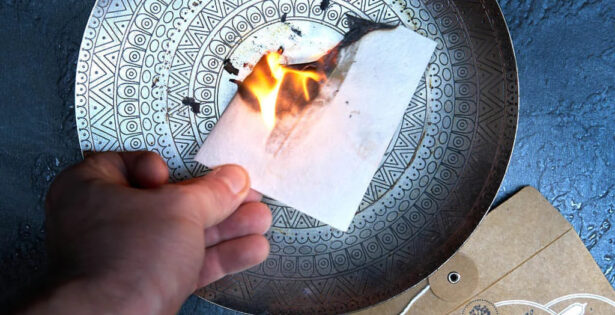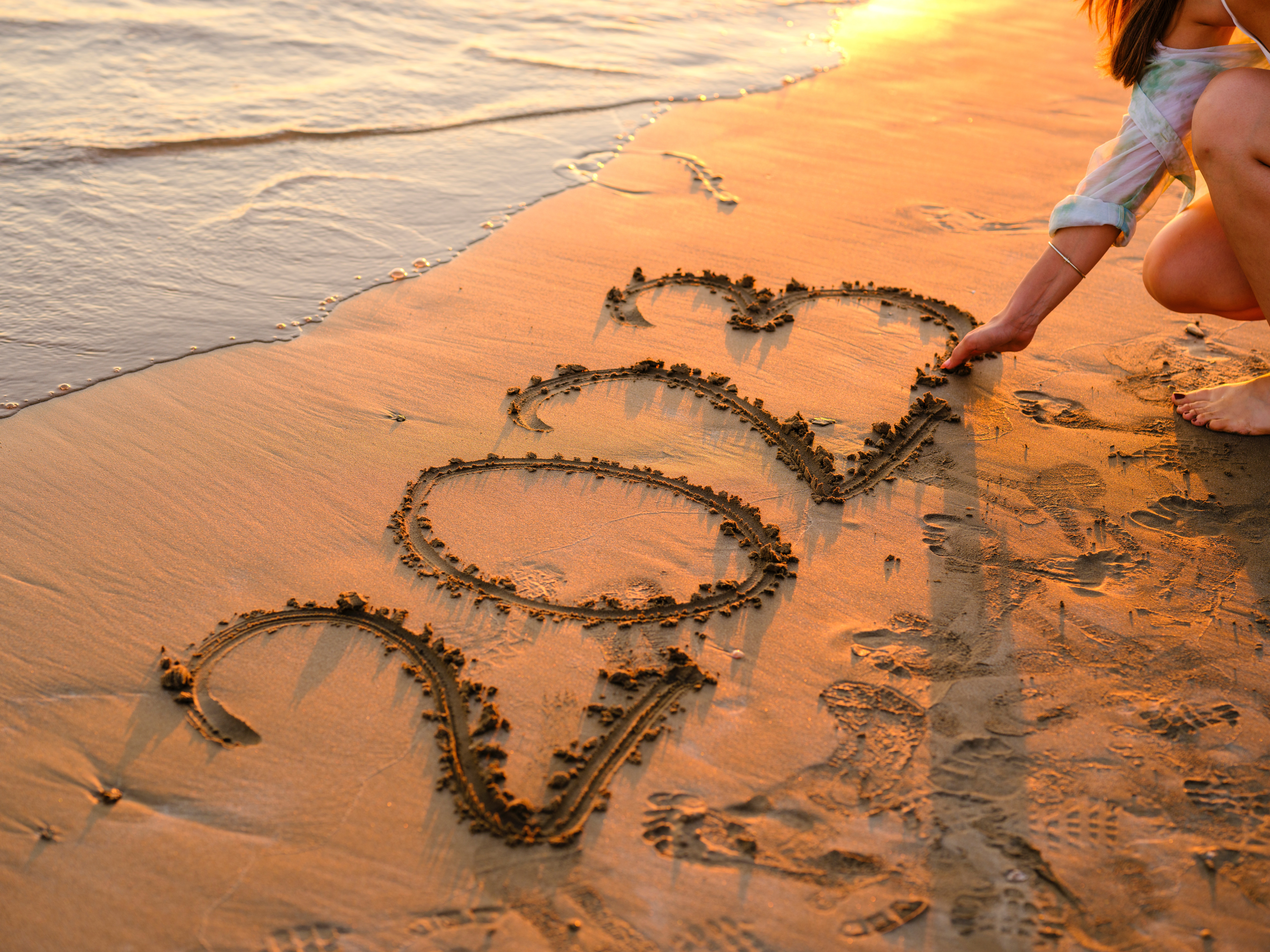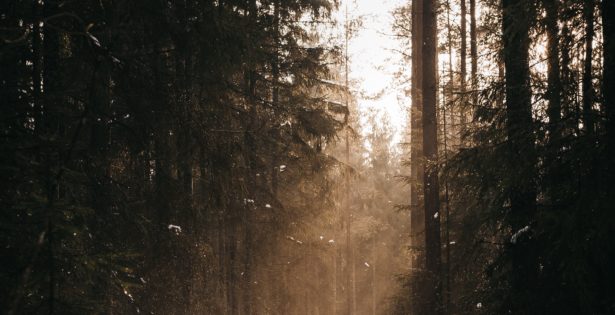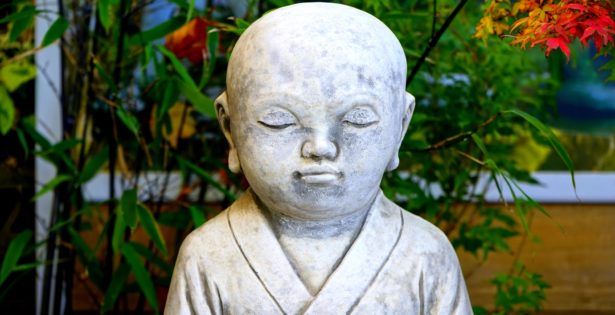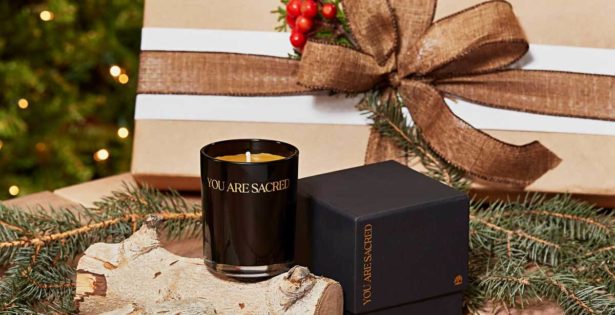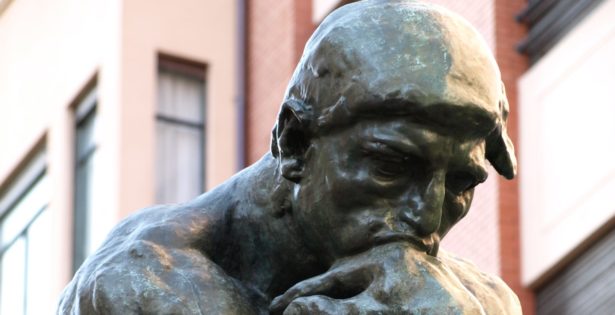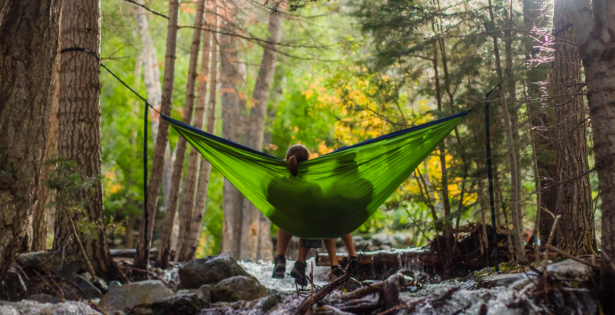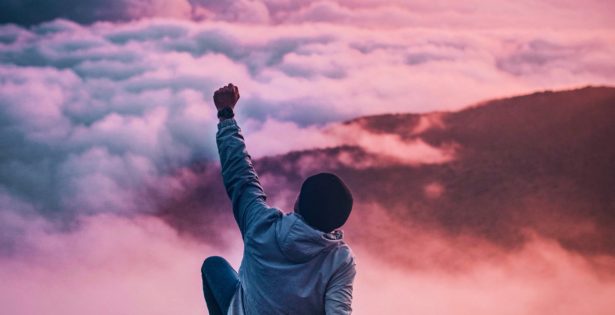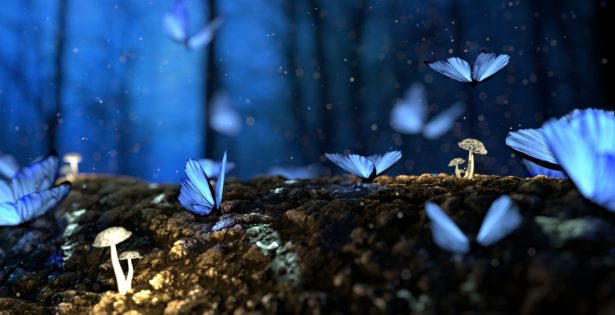I once had an acquaintance who loved to tell people what to do. I never asked her what to do, but I got told what to do more times than… Read More
Wisdom Teaching & Spirituality
Seven Steps for Harnessing the Power of Your Intention
When building with wood, I spent years trying to figure everything out by myself before it finally occurred to me that a book might be helpful. I found one with… Read More
Are You Willing to Go All the Way Back?
When I first delved into cognitive behavioral therapy (CBT) as a psychology major, I remember thinking, “This is an evolution for humans.” CBT focuses on examining and challenging one’s thoughts… Read More
The Theme of 2023
Ah, the New Year. It’s fresh and innocent and undefined. Except for the things you already have scheduled for 2023. And everything you have already set into motion that is… Read More
New Year Resolution
January first may be a somewhat arbitrary date to divide the chapters of our lives, but there’s something to be said for joining the momentum of the mass consciousness focused… Read More
Winter Solstice
This Wednesday is the winter solstice, the day when the northern hemisphere is at its maximum tilt away from the sun, giving us the shortest day of the year. As… Read More
Meditation: Keep it Simple
Of all the things one could do to be healthier and happier, I consider meditation to rank among the top practices on the list. We spend most of our lives… Read More
We. Love. Candles.
No matter where you are on your journey, the Dragontree candle collection offers an inspiring tool to help light the way. Our new candles are thoughtfully designed and hand-crafted with… Read More
Invite Spirit to Join You
One of the most basic ways to grow the spiritual dimension of your life is to consciously invite Spirit into whatever you’re doing. It’s like there’s a friend who’s been… Read More
Is God Broccoli?
As a young adult I often stayed at the beautiful Marin Headlands hostel just north of San Francisco. I was there one weekend while a large group of missionaries was… Read More
Are You Actually Actualizing?
Although we weren’t thinking about it while writing it, our life planner, The Dreambook, is very much aligned with ideas of the Human Potential Movement (HPM). The movement focuses on… Read More
The Main Ingredients in a High Level Quality of Life
When we read about historical figures or people in the news, it’s easy to get the message that it’s big things that make a life exceptional, that the individuals who… Read More
The Antidote: Celebration
In working with the community that has developed around our Dreambook, Briana and I have encountered people looking for many different forms of life-optimization. While there’s plenty of guidance we… Read More
The Miracle Planet
Imagine if you had the opportunity to create the perfect planet. What would you come up with? Let’s brainstorm together! To start, you’d probably want plenty of water. We all… Read More



 Cart
Cart
